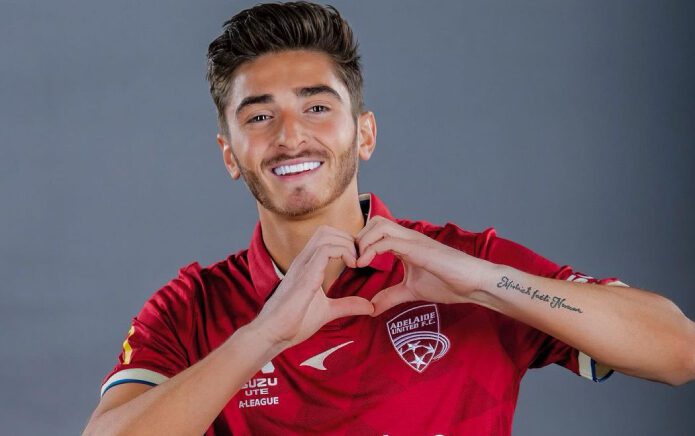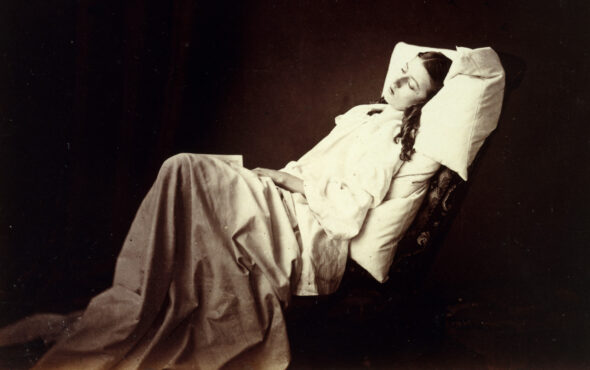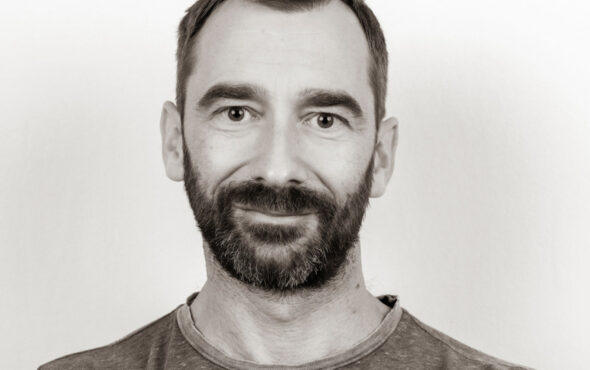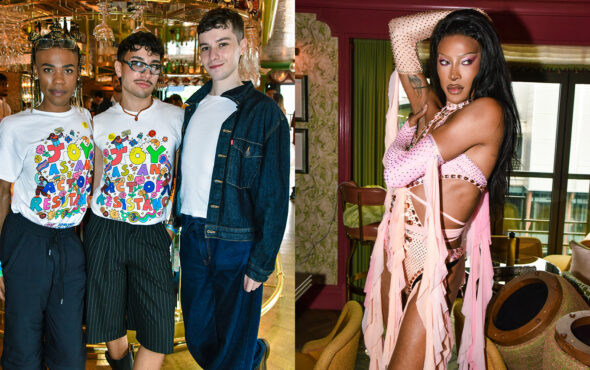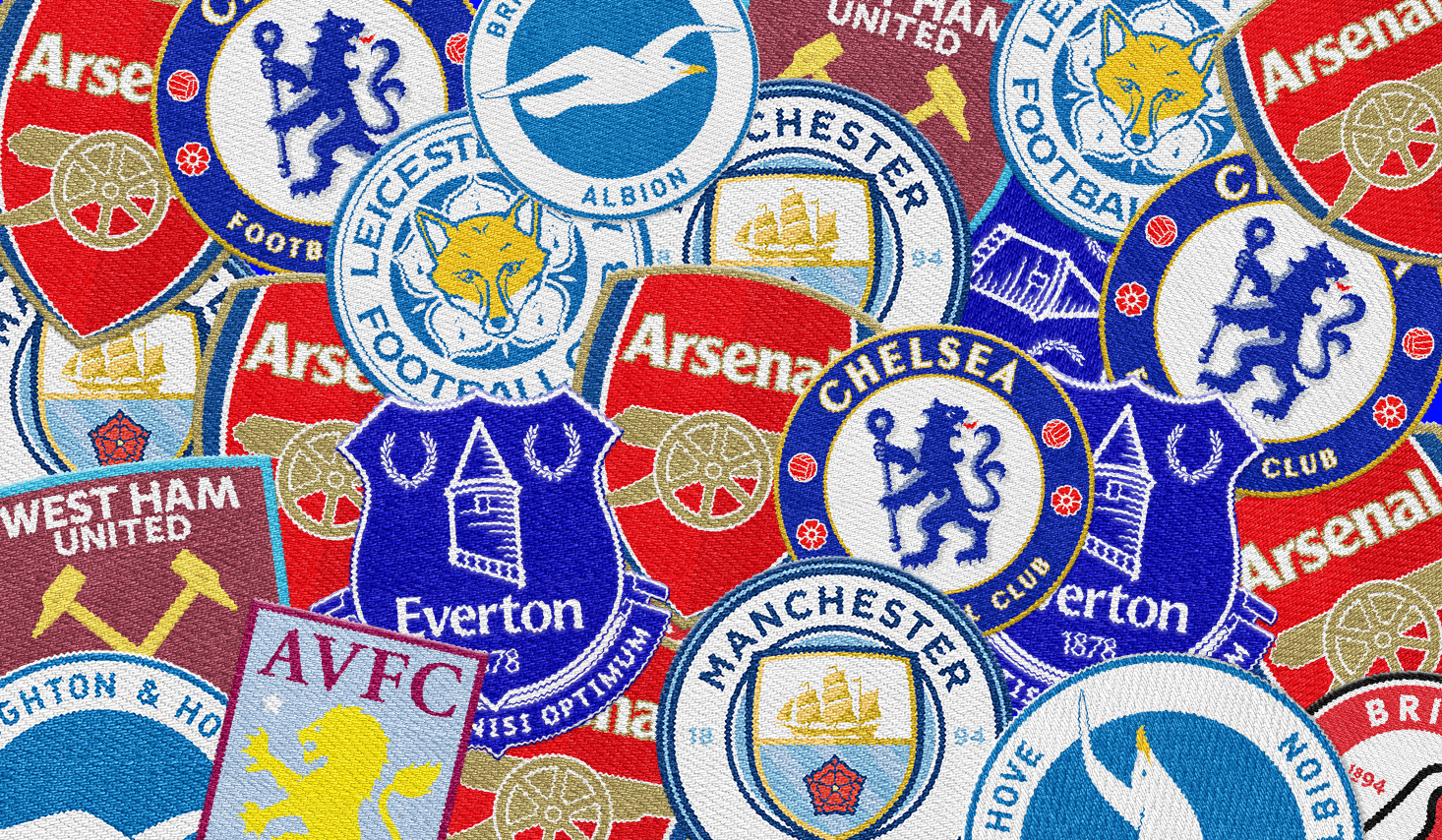
There’s no place like the Emirates Stadium for an Arsenal women’s game. Gunners and Pride flags run alongside the pitch and red and white jacquard scarves fill the stands as fan-led chants take over: “We’ve got McCabe, Katie McCabe – I just don’t think you understand!”
It’s a special atmosphere; one of like-minded football fanatics eager to support their favourite sport, but also there’s something different to the men’s league. Here, in the throngs of Gooners donning the pink and baby blue Stella McCartney kit, there’s an honorary team of LGBTQIA+ spectators, the queer football cognoscenti, rooting for their favourite North London ballers. From the choice of vibrant shirts to the in-the-stand convos about which player is dating who, women’s football really is sapphic culture in motion.
There’s a running joke that you’ll find your WLW other half at an Arsenal match. Paula Akpan, 30, is a long-time supporter of the women’s Arsenal team and has found a community in the sapphic culture and drama of the sport. “Once you are part of those sapphic circles [of women’s football] everything is very open [to interpretation] and feels like an inside joke that everyone is in on, even the Arnold Clarke Cup [an international women’s football tournament] has a whole reputation of being the lesbian cup!” Whether it’s the WSL (a league which replaced the FA women’s premiere league national division) or the many tournaments that surround it – like the Arnold Clarke Cup – the queerness on the pitch and in the stands makes these spaces integral for the sporty lesbians.
Why do sapphics love the WSL?
For many sapphic fans, football is bigger than a sport; it’s a community that offers queer visibility, player rivalries (whether against exes or current girlfriends) and, of course, tournament titles to fight for. Matches are more than cheering for your team in a heated club clash, they are an environment where the players’ real-life queer identity is expressed on the pitch. And, yes, this does include the heated exchanges between formerly dating players or backing your new celeb football couple.
So, whether you’re heading to Meadow Park or Emirates Stadium, there’s a few things to look out for when scanning for your queer, sporty clique: a flock of colourful football shirts paired with boyfriend baggy jeans and worn-in dad caps, sapphics holding hands and the classic (and very iconic) Arsenal’s rainbow-studded ‘Love Is Love’ scarf. This openly and unapologetically queer scene is part of what makes the WSL so unique. “I’m always overwhelmed with how many out-and-out queers, specifically sapphics, I see at these games,” Paula says. “When I’m at the Emirates, for example, watching Arsenal women, I’m surprised at how many couples feel comfortable out in public [and] that has, ultimately, become an acceptable avenue for sapphic culture.”
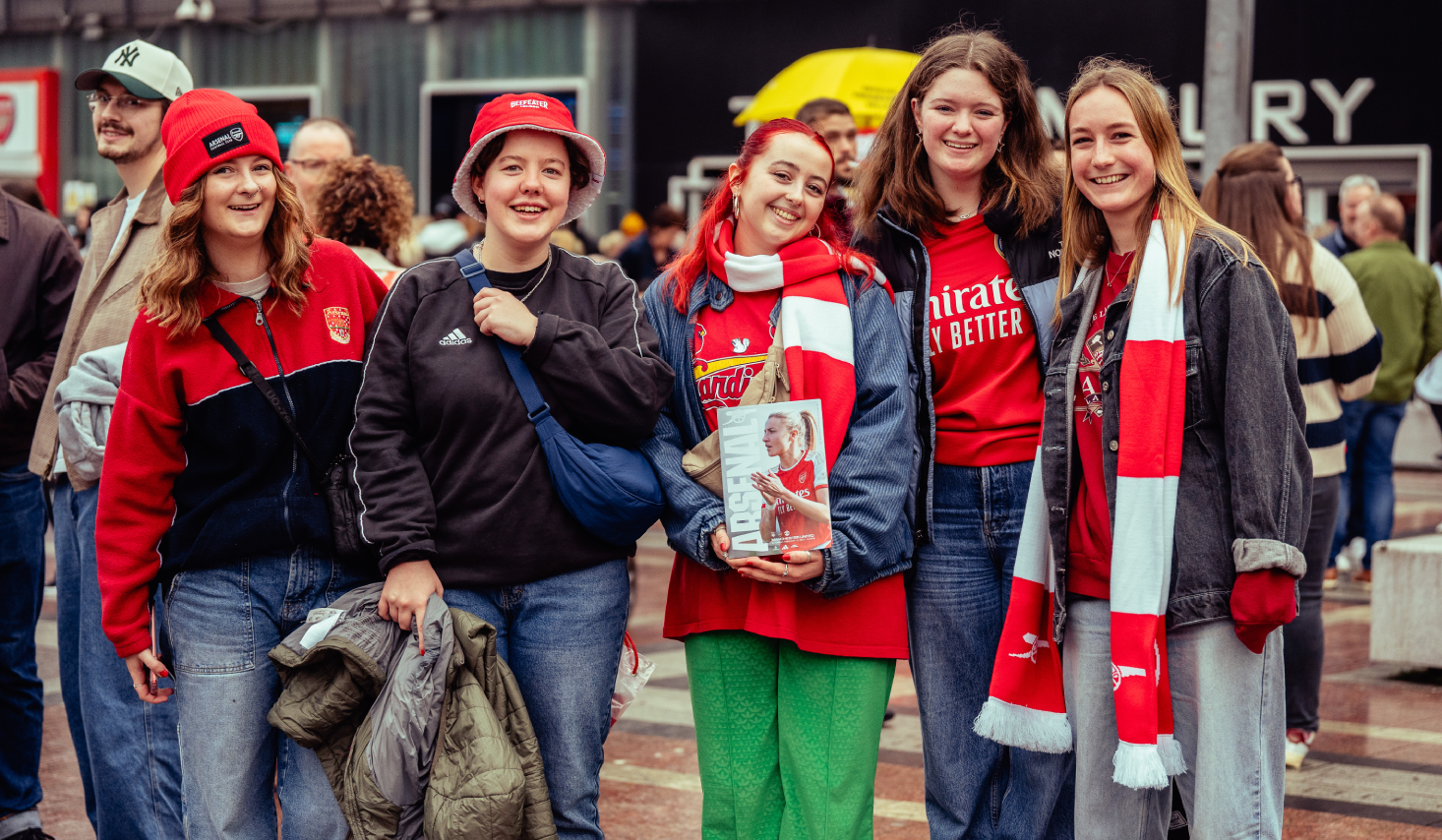
What’s next for the women’s game?
Women’s football is gaining and unprecedented number of fans and selling out stadiums, with the Arsenal Women’s derby match against Spurs selling over 60,000 tickets . So, as the fan focus on the women’s game continues to grow, where does that leave the game itself? After all, increased visibility isn’t without its complications.
As the women’s game continues to grow, greater responsibility is needed to protect the players and the game. “We’ve identified women’s football is hitting a real tipping point, especially as popularity and interest go exponentially through the roof,” Paula says. “The sapphic speculation [over the sexuality of players and their partners] has greater ramifications for players who aren’t sapphic or aren’t interested in publicly sharing that part of their lives.”
View this post on Instagram
It should go without saying: nobody deserves to be outed or pressured to speak up about who they are before they are ready to, no matter what their job is. Without fan accountability, we risk jeopardising the progressive atmosphere of the game. Players may feel less comfortable speaking about their connection to the LGBTQIA+ community while allowing speculation like this to go unchecked can breed unhealthy parasocial relationships between fans and their favourite players.
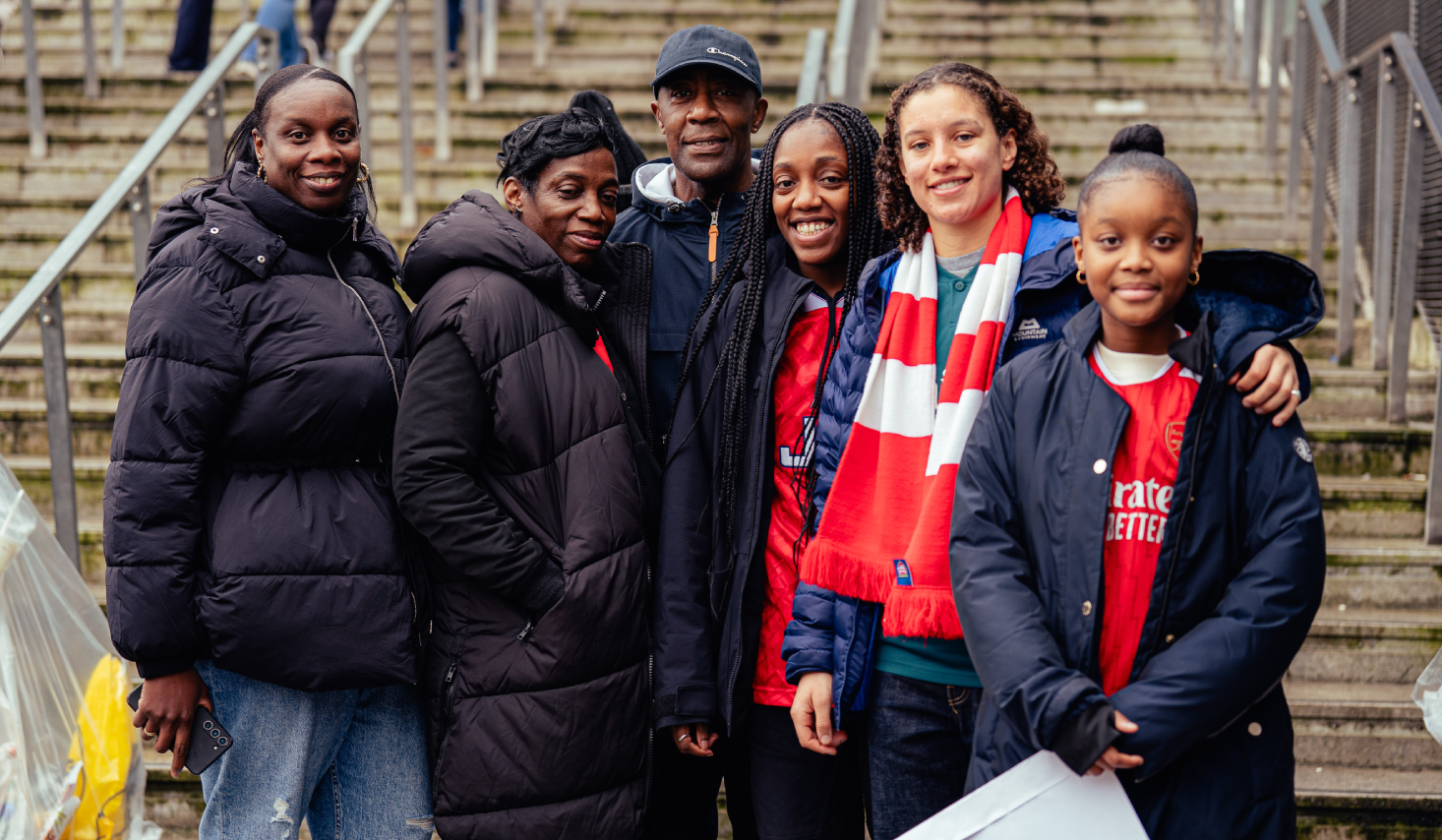
Why LGBTQIA+ representation on the pitch matters
While the WSL is a UK-based tournament, the football fever surrounding the competition has even reached overseas. Women’s sports content creator “coach” Jackie J, has become a go-to online commentator, with over 400k followers, for sapphic news in sports – including the WSL.
“Queer people grow up with less representation in the media [which] creates this desire to simply see yourself in others, especially superstars – women’s football has a plethora of queer superstars! It’s amazing,” the 21-year-old says. When it comes to women’s sports, the game is generally more LGBTQIA+ inclusive – a huge selling point for communities and, now, the sports industry.
Today, we’re seeing LGBTQIA+ fans make up a visible presence among the supporters of women’s sports. As a result, sporting industries are recognising an opportunity to market to a new demographic, a move which will aid the investment in the game. In time, this will support the expansion and investment within football leagues (such as women’s only pro football stadiums and improvements to player welfare) as audiences and interest continue to grow which will, hopefully, guarantee an inclusive future for the sport. “Recently, loving women’s soccer has really become one of those tells [of a queer identity],” Jackie adds.
Katie Davenport, 26, from Manchester has been interested in the women’s game after the 2015 World Cup. A combination of masc-looking players, who she read as queer, and a genuine interest in the sport started off her football fever. Now, she watches matches regularly and even collects WSL stickers. “It’s almost like walking around with a pride flag round your shoulders, that only other gays can see,” Katie notes, discussing the queer connotations of women’s football. “It’s if you know, you know, vibes!”
Similarly, football fan Naomi Goldenfield, 25, is pleased to see the women’s game getting more attention, from match coverage to even the inner-community chatter about player’s dating lives. “You see the likes of David and Victoria Beckham and other football couples getting attention from those not into football. My dad even tells me about the dating lives of Man City men’s players,” she says. “I think it is normal for people to be interested in the lives of players they like and the queer players in sports allow queer people to have their representation.”
View this post on Instagram
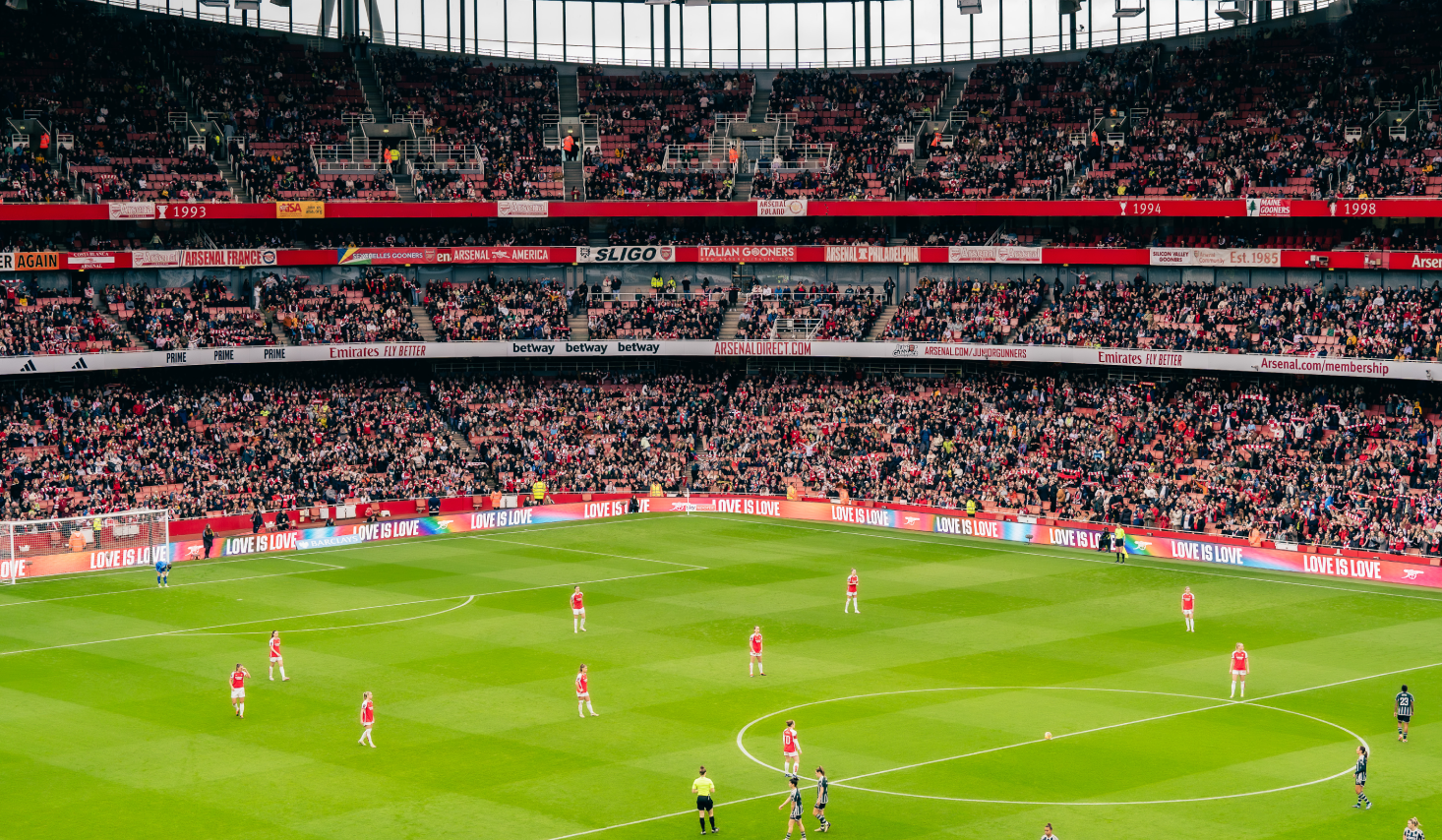
How WSL players are bringing Pride to the pitch
So, when you’re next at Arsenal’s Emirates, don’t be surprised when you see skipper Kim Little wearing a rainbow captain armband. In fact, many of the Arsenal squad’s LGBTQIA+ allies (Lotte Wubben-Moy) and publicly out players (Katie McCabe, Beth Mead, Vivianne Miedema) have been vocal about their support for the community. It doesn’t end there, either. The club have their own club-recognised gay supporters group too, and with inclusivity broadening in the game, Arsenal players are also proud of the change coming to the sport.
“I feel a lot of pride being part of a club that has such a genuine connection to the queer community. As a team we really value it – it’s a precious relationship and one that we’ll continue to nurture and protect,” says captain Kim Little. “It’s incredibly important for the game to be a safe space for all, and it feels good that there’s that authenticity across the Arsenal family and in the WSL more broadly.”
Football is a game open to all, and that’s a sentiment that Kim (and Arsenal) want to continue to uphold. “I’m so glad to hear that people feel at home here. Through our actions, we want people from the LGBTQIA+ community to know that this is a club for them – we represent our supporters, whatever their background, and we strive to increase visibility and be as inclusive as possible.” Making a home within sport may seem like a small feat, but women have overcome institutional and cultural barriers to embrace the game as it is.
View this post on Instagram
What’s next for the WSL?
A lot has changed in recent years. There were days when women were banned from having a kickabout. In 1921, the FA put an end to women playing professional football, deeming it as “unsuitable”. Now, things are hugely different but, still, sexist attitudes towards the women’s games (and women in sports) persist. So are we surprised it has taken until very recently for women’s football teams to start selling out stadiums?
But there has been undeniable and, hugely remarkable, progress in recent years. The change of attitude towards the women’s game has allowed fans to confidently come together and celebrate a sport they love. With this rise in numbers has come an ever-emboldened queer contingent in the stand – and women’s football has become a sport that we can proudly enjoy and attend with our shirts and our pride flags on full display. It’s an atmosphere that encourages players to talk about their relationships too, whether that’s Alex Scott or Beth Mead, bringing a more inclusive atmosphere to the sport.
That’s not to say though that women’s football is from perfect. There are pitch quality issues, scheduling problems, and player welfare concerns too. Despite the sport’s queer-friendly atmosphere, there are other areas where they are less than representative and teams like Arsenal and The Lionesses have been criticised for their lack of racial diversity. Individual players, like Lioness Jess Carter, have also spoken up over the sport’s lack of diversity – an area where the women’s sport is visibly trailing behind their male counterparts.
While, no doubt, the footballing infrastructure needs some work to build out a country-wide pipeline of talent from all backgrounds, women’s football has, fortunately, reached a stage where it’s embracing its queer audience.
